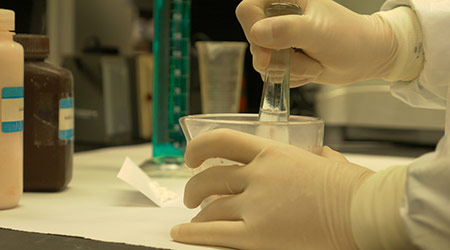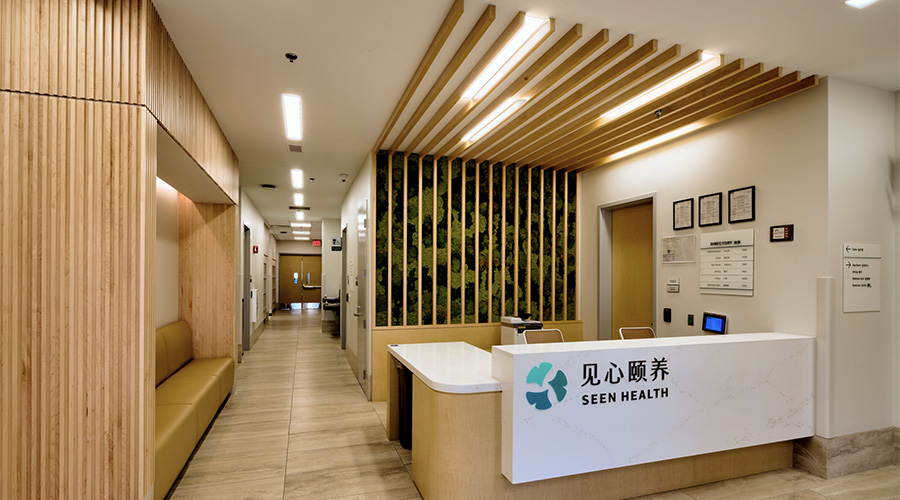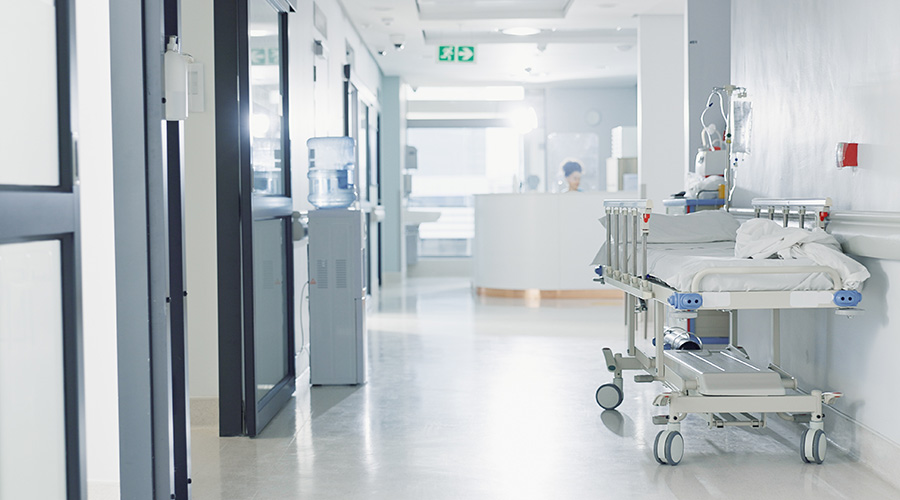In July, I wrote about the United States Pharmacopeia’s (USP) plans to align some of their compounding chapters to USP <800> (“Hazardous Drugs – Handling in Healthcare Settings”), starting with its Proposed Revision to General Chapter <795>, which dictates guidelines for pharmaceutical compounding of nonsterile products. The revision to that particular chapter was introduced in March 2018, opening a period for public comment and review which closed on July 31, 2018.
Next up for revision was GC <797> (“Pharmaceutical Compounding – Sterile Preparations”), which was introduced in late July of this year, with a public comment period that will close on November 30, 2018. As USP <797> focuses specifically on sterile products, its changes – which are both broad and substantive – will be felt most intently by pharmacies in hospitals and other healthcare facilities, which compound as 503A compounders. Indeed, these revisions are likely to have a significant impact on facility workflow and finances, so it’s vitally important that pharmacists and executives should review USP <797> and determine how the scope of the proposed changes could actually influence their practices. Here are some of the revisions likely to have the greatest consequences.
Immediate use compounding to be reinstated
There is, in fact, some good news to come from the revisions, which is that “immediate use compounding” will be allowed again. This practice had been removed from a previous proposed version of <797>, but after a preponderance of complaints from practitioners, it has been reintroduced in the new version. The rule permits a nurse, in an emergency situation, to mix a medication using aseptic technique on a nursing unit, so long as the medication – from the time that they start mixing it until the time that administration begins – is less than an hour. By waiving the requirement for preparation specifically by one of the facility’s pharmacists – and under an ISO hood – the nursing staff are able to save precious minutes to get medication to a patient in need.
New categorizations for sterile compounding
USP <797> also brings a more fundamental change to the medication compounding model. The previous version of <797> outlines three categories of compounded sterile products: low-, medium- and high-risk. The Proposed Revision consolidates that into two: Category 1 and Category 2. This shift is likely to have the greatest impact on facilities that were formerly classified as medium-risk compounders, which describes the vast majority of hospitals in the U.S. Many of these facilities will now be graduating to a higher level of compounding “risk” in Category 2 and, as such, will have a higher bar to clear to remain in compliance.
USP <797> also introduces a new definition of “what constitutes compounding.” In the case of a “bag and vial” system (in which a medication vial is attached, with adaptor, to the bag that it needs to be mixed in, for infusion), if a nurse is on the nursing unit and attaches the bag and vial, that is not regarded as compounding. However, if a batch of these are being attached within the pharmacy, to be put into different automated dispensing cabinets, that process is now considered “sterile compounding,” and would need to be done inside an ISO Class 5 hood.
Potential need for new construction
Another major adjustment for facilities that will be newly deemed to be "category 2 compounders" will come in the form of new requirements for what qualifies as a “classified area” for sterile compounding. Many hospitals, currently categorized as medium-risk facilities, perform compounding using a compounding aseptic containment isolator (CACI). Under the current rules, facilities are able to place these units in unclassified areas and assign usual beyond-use dating (extending as far as 45 days) to the compounded products made there. But, per the new version of <797>, if you have a CACI in an unclassified area, anything compounded there can only have a maximum 12-hour beyond-use date at controlled room temperature.
In the case of a pharmacy that wants to be able to mix medications and provide greater than a 12-hour beyond-use date at controlled room temperature, that team will now be required to create an area that would bring them up to Category 2 standards. If they have simply had an isolator in their facility where they’ve been mixing, they will now have to create a classified compounding area that’s in compliance. Specifically, this facility might now be required to construct its first compounding suite, comprised of a negative pressure buffer room (for hazardous medications), positive pressure buffer room (for sterile compounding) and an ante room. Based on some estimates, the cost to construct a brand new compounding suite could reach the neighborhood of one million dollars.
Increased testing frequency
Previously, mandatory checks such as glove fingertip testing and media fill testing have been done annually, but <797> will now mandate that these be performed semi-annually. The person responsible for this QA will now effectively have their work load doubled: in the example of a mid-sized facility – with 25 employees – the process (including training, visual observations and the testing mechanics) could be estimated to take two hours per employee. That represents an additional 50 hours of work, not to mention a doubling in the cost of supplies.
Similarly, the requirement for surface sampling (literally wiping surfaces in various compounding areas to test for bacterial contamination) is mandated to be done monthly in the new version of <797>; the previous version required that this testing need only be done “periodically,” with that term defined loosely. For most facilities, then, this redefinition will result in additional time requirements.
Multiple-dose preparations – A rule that is completely new to this General Chapter introduces rather stringent guidance related to beyond-use dates for multiple-dose compounded sterile preparations. If, for example, a pharmacist makes a stock solution of Pepcid in a 60ml IV bag, and subsequently draws out 1ml of that drug to make an individual patient dose, the stock solution in that larger bag becomes a multiple-dose compounded sterile product. Per the Proposed Revision to <797>, unless antimicrobial effectiveness testing is performed, the stock solution can only have a beyond-use date of six hours.
Given that an extreme minority of hospitals perform their own antimicrobial testing, this will either place a significant burden on them to start adding this time-intensive function to their work load, or it creates a scenario that will result in excessive waste. Particularly in the case of children’s hospitals, which frequently work with medications that need to be diluted in order to get the proper dosing for the pediatric population, they could be faced with surplus containers of sterile products that can now only be kept for six hours – less than the time of one shift, in most cases.
Facilities still have time to make their voices heard
Given the breadth of likely new requirements, it’s incumbent on facility managers to assess their operations to determine what compliance issues might arise if USP <797> is implemented as currently written. Important to note, though, that they have an opportunity, before November 30, to write to USP to request clarification or make a well-reasoned case for revisions to the chapter before it’s formalized. In any case, this latest regulatory activity needs to be on the radar, now, of any facilities that compound sterile medication for patients.
Kenneth Maxik is director of patient safety and compliance for CompleteRx.

 How Efficiency Checklists Help Hospitals Save Energy, Water and Money
How Efficiency Checklists Help Hospitals Save Energy, Water and Money Designing with Heart: Seen Health Center Blends Cultural Warmth and Clinical Care
Designing with Heart: Seen Health Center Blends Cultural Warmth and Clinical Care Rutgers Health and University Hospital Breaks Ground on Campus Expansion
Rutgers Health and University Hospital Breaks Ground on Campus Expansion What to Consider When Modernizing Healthcare Facilities
What to Consider When Modernizing Healthcare Facilities Corewell Health Beaumont Troy Hospital to Build New Tower
Corewell Health Beaumont Troy Hospital to Build New Tower